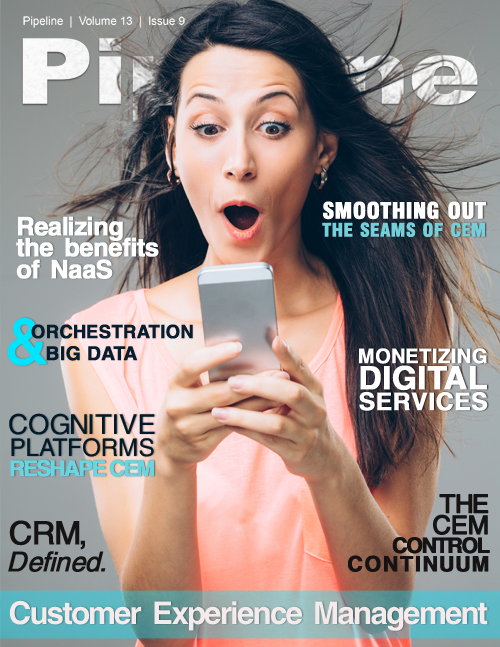Is there an application that isn't CRM, and would you recognize one that is?
By: Keith Brody, Lars Mansson

The importance of managing customer relationships is axiomatic, so I will presume that if you’re reading this article I don’t need to convince you that it’s an area of your business that’s worth focusing on.
Undoubtedly, I could deluge you with analyst-generated research statistics that underline the point, but I’ll spare you those too. If you’re not yet convinced that looking after your customers as
well as you are able is a good idea (and good for business), then I doubt Gartner or IDC will persuade you otherwise. Besides, if you are ignoring your customers, you probably have other things
on your mind rather than customer relationship management (CRM) or reading this article. Like filing for bankruptcy.
The journey I want to take you on in this article doesn’t so much look at “what is CRM and what characteristics do the best CRM offerings have?” in the conventional sense. It asks the question, “what isn’t CRM?” That’s because pretty much any box in any application or equipment stack that in some way touches your customers (which is to say more or less every box you have) ought to be seen as a CRM related application, at least of one sort or another. Given that a malfunctioning box, whether it’s a network switch or a billing system, negatively impacts your customer’s experience…well, you get the point.
From there, I want to look at a box that, unlikely as it sounds, addresses multiple key customer experiences from a single "horizontal" vantage point. This, perhaps, leads to the conclusion that there are more ways to dramatically improve customer experience than just deploying a (new) CRM application.
So, what is and what isn’t CRM?
If you deliver a good customer experience, then the likelihood is that you’ll have a platform from which to effectively manage customer relationships. If your customers don’t have good experiences on your network and visibility to it, well, good luck with CRM. Smoke and mirrors won’t last forever, if at all.
The fuel of CRM…the crude oil that provides a gateway to managing the customer effectively is data; of that there can be little doubt. If you don’t know what, when, where and how your customers are utilizing your service, then you won’t understand the experience they want…..and you won’t be able to deliver it. So we can agree on a basic principle: good data is prerequisite for good CRM. Thus, at the heart of your CRM strategy, there must sit a data management application. Sure, you can deploy the world’s best CRM product but rubbish data in, rubbish out. A superior CRM product is part two of the story and it only works once the data question is answered.
This is where success comes from thinking outside the box; understanding that there’s not much point investing in the car before you’ve sorted out access to quality fuel. The immediately vexing CRM question thus becomes: “what’s the best way to get the data?”
There are, wait for it, choices! Middleware, ETL, ESB, mediation and other product categories all compete for the role of data provider in different parts of the telco stack. So, what are you looking for? Given, as we’ve seen, the breadth of data necessary to fire a successful CRM strategy an obvious answer might be “multiple applications.” Why? Well:
- Policy (PCRF) applications close the decision loops and ensure information is enforced back to network elements, thus is central to the customer experience and thus customer relationships,
- Billing and charging applications track data central to the customer experience and thus customer relationships, and
- Network performance management applications track data central to the customer experience and, thus, customer relationships.



















